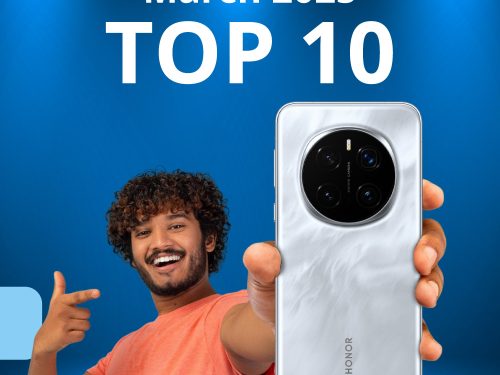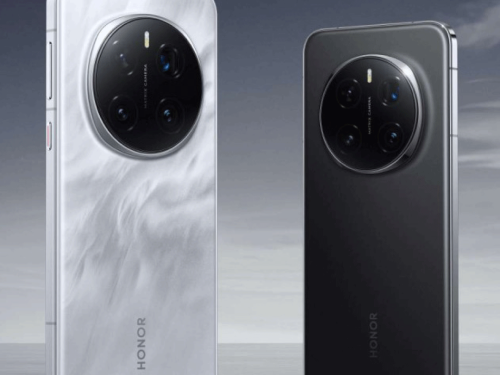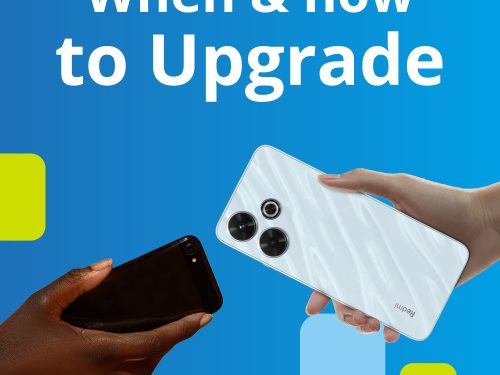

Is the Cellular industry turning 180 degrees?

In this maturing market are the networks getting further away from their customers?
When cellular began in 1994 in South Africa, it was a multi-layered operation involving three separate but equally important pillars; networks, service providers (SPs) and retail outlets.
The network’s focus was to build and maintain the network infrastructure and manage the IT side of the cellular equation – providing raw billing data to its SPs.
SPs in turn were responsible for customer acquisition and retention. They made a margin on calls and data which in turn assisted in subsidizing consumer handsets. The costs of billing, collection and servicing customers were borne by the service providers.
SP’s engaged with various franchise models to establish a customer-facing retail footprint
On the retail level, franchise stores (and some independent retail stores) were the customer-facing sales channels – closing off the Cellular ecosystem. Retailers earned an ongoing annuity income off contracts sold with retail margin off prepaid airtime, phones and accessories sold.
Competition has increased over time and margins have become squeezed. To try to maintain efficiencies, networks absorbed the service provider layer taking on the role of both, network provider and customer service and billing.

Fast forward to 2024, and the status quo remains for Vodacom – but is MTN going to revert to the original “blueprint” with MVNOs?
An MVNO or Mobile Virtual Network Operator is essentially a “service provider” 2.0. They re-bundle partner network services into custom, self-branded and managed offerings. With MTN & Cell C targeting MVNO expansion (read more here),(and here) this space is set to become very interesting.
The current MVNO’s offerings can be categorized into three camps, Banking industry, e-commerce players and Mass market retailers.
I use the term eCommerce players to broadly define the MVNOs that generally have no physical retail outlets and the sole customer base is geared around the connectivity offer. Mass retailers are the likes of TFG and PEP.
What does the current and future MVNO landscape look like?
Players like Melon Mobile and Afrihost Airmobile have a cheap route market but generate very little loyalty or brand equity, no consumer-facing support and no combined offers with SIM Cards and Devices.
Capitec Connect, with its physical bank branches and ability to provide handset finance to their existing customers is very well placed with a very focused hybrid offer. Standard Bank, is more of an ecommerce play with the ability to finance handsets and devices.
On a pure retail level, TFG Connect and Mr Price are very well placed with their own credit product to extend offers to their consumers in an omnichannel setup. PEP currently providing credit to its consumers and doing very well, however, the customer service element is a potential challenge due to the requirement of having specialized staff in store.
Interesting options for the future would be either a Capitec Connect and Cell C collaboration or PEP and Cell C offering a PEP MVNO.
So, at present the mass market is very well catered for. The e-commerce space at present doesn’t provide too much direct competition to traditional bricks and mortar, however, if Amazon SA and the networks follow the model of US and EU markets and start selling both postpaid and prepaid SIM cards via Amazon it could be very disruptive in the middle and upper LSM market in SA.
MVNOs, cannot base their existence solely on revenue derived from annuity, and they have little flexibility to influence pricing. While Cellular has become a necessity in today’s world, it is still a highly aspirational product. With less brand loyalty in MVNO providers, if consumers demand greater service levels, there is little to keep a customer from porting to a different provider – eroding any operating profit. MVNOs will need to embrace device financing in their models or else they may simply follow the route of the original SPs.
This raises a question about the current retail landscape and how it’s going to evolve?
Face-to-face service in our industry has traditionally been an integral part of the process. Initially, cellular technology was new and complex. Getting a contract was an affordable way to finance getting a new phone.
During a customer’s contract tenure, the retail outlets were often the de-facto go-to for customer service, bill queries or simply getting help with new apps or tech. When a customer has reached their upgrade cycle the retail outlets provide them with an easy mechanism to explore new devices and receive assistance in migrating data and services across to their new upgrade phones.
With MVNO’s now providing finance often the acquisition phase of getting a device is now initiated online, but then as described above there is a gap in service of getting person-to-person assistance when required.
Micro-finance, BNPL and Lay-Bye are now making an appearance in retail outlets as consumers look for greater access to technology.
The early disruptors in this space have been PayJoy and most recently Vodacom’s Easy2Own. Credit products offer consumers without exposure or previous credit histories, access to finance for new devices.
What does the future of brick-and-mortar retail hold for cellular in South Africa?
eCommerce is growing year-on-year, but it does come with a fair number of risks and challenges. There is increased competition, with high online marketing costs.
The cellphone life-cycle has dropped to between 8 – 10 months so, keeping inventory of up-to-date devices while moving old inventory can be a costly challenge. Players face additional risks with high rates of fraud and challenges with last-mile delivery in the country.
Then there are the ever-increasing prices of handsets, making repairing and trade-ins and purchasing Pre-Owned phones increasingly more attractive.
How we see the future
For retailers and franchise stores that can; build long-lasting customer relationships, embrace, the new cornerstones of micro-finance, trade-ins, repair/refurbishing and provide value in certified second-hand phones, the future looks promising.
Written By: Christopher Henschel
Cellucity: Managing Director











